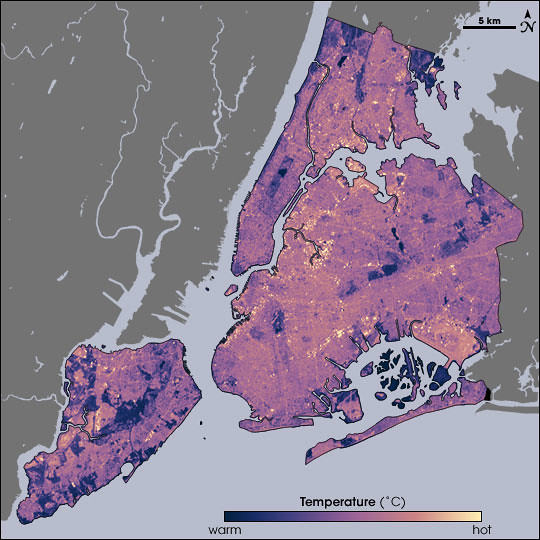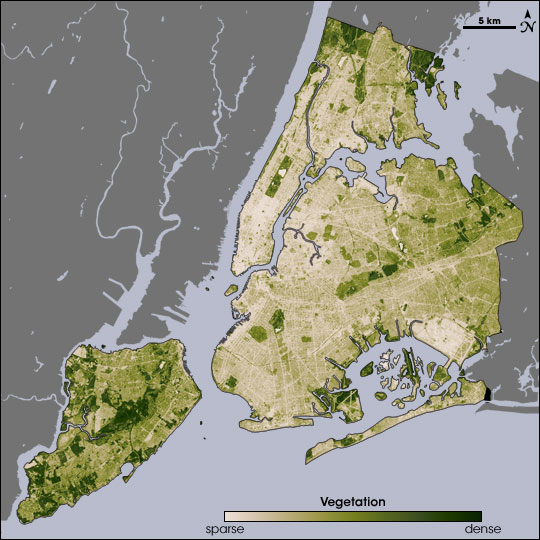My opinion – based on gut reaction, not any deep analysis – of carbon trading is that it’s equivalent to the religious practice of buying indulgences: sin all you like, as long as your pockets are deep enough to buy “penance.”
It doesn’t work. The problem is that carbon, like sin, is itself a very deep pocket. There’s no cap on carbon emissions, at least in this country, the single largest contributor. Without a cap, “supply” is unlimited, and no incentive to reduce emissions. There’s a perverse dysfunctional incentive to emit more carbon to create more “product” to sell.
Selling indulgences creates a disincentive to reduce sin.
The business of climate change is heating up — along with the planet — so fast that many ordinary folks are left wanting to do right but wondering where their money goes. The emerging carbon-offset industry has little oversight or transparency, so it’s difficult for consumers to see if they are really being a “hero” by going “zero” — as Travelocity preaches on its Web site — or being suckered.
There’s no quick and easy way for consumers to see exactly how the money is spent.
…
Just because someone pays to offset a ton of carbon pollution doesn’t mean that a ton is taken out of the atmosphere. Also, offsetting a ton of carbon dioxide doesn’t even mean that is the gas being offset. Everything is converted to carbon — meaning that one molecule of methane, a really bad gas — is equal to 23 molecules of carbon dioxide — a somewhat bad gas.
via 3rliving, a local business on 5th Avenue in Park Slope which promotes the three Rs: Reduce, Reuse, Recycle.



